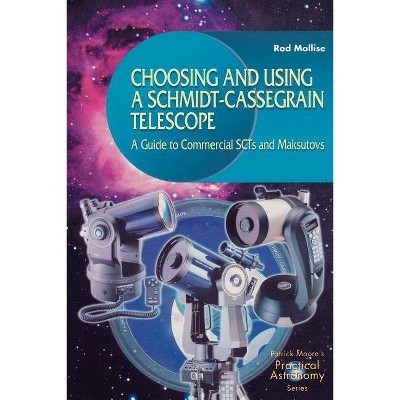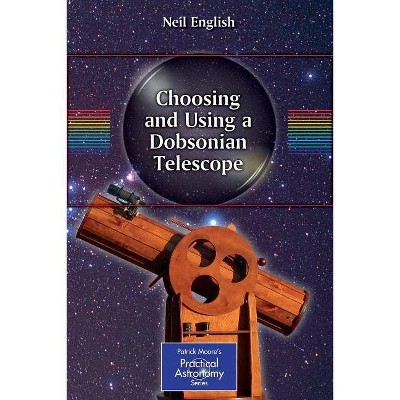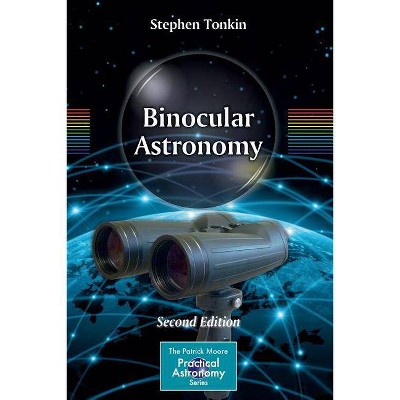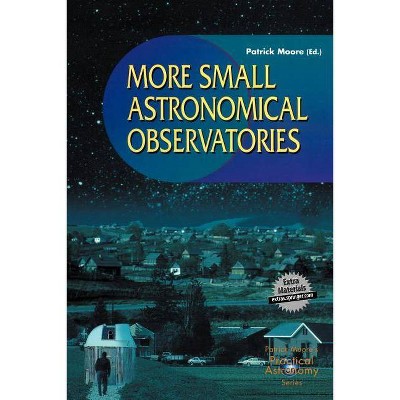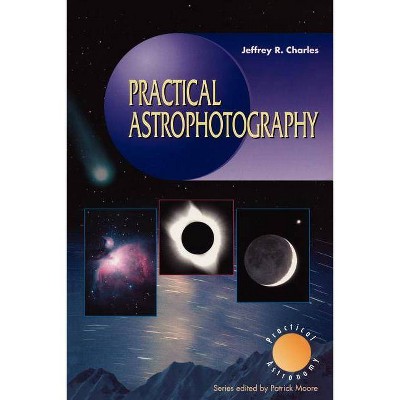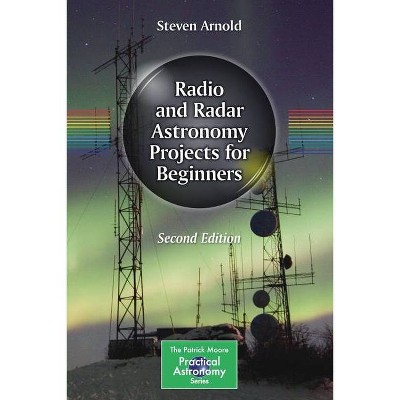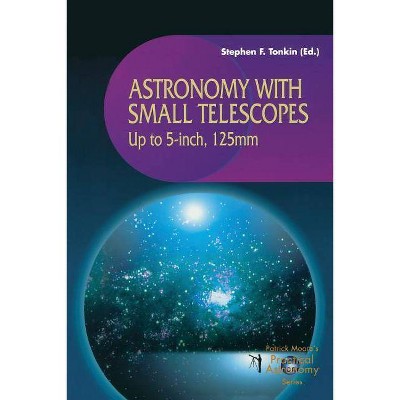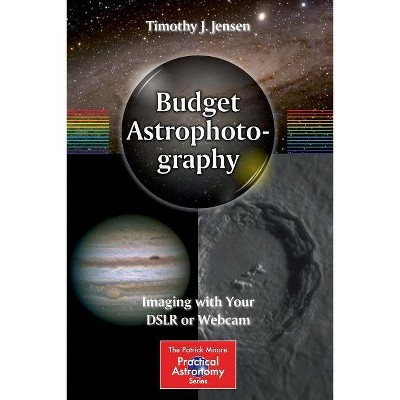Choosing and Using a New Cat - (Patrick Moore Practical Astronomy) 2nd Edition by Rod Mollise (Paperback)

Similar Products
Products of same category from the store
AllProduct info
<p/><br></br><p><b> About the Book </b></p></br></br><p>Commercial astronomical telescopes are increasingly complex, with sophisticated computers now the norm. This guide is designed to help astronomers understand these complex new instruments. The author has a proven track record in helping people enjoy astronomy.</p><p/><br></br><p><b> Book Synopsis </b></p></br></br><p><strong>Choosing and Using the New CAT </strong>will supercede the author's successful <strong>Choosing and Using a Schmidt-Cassegrain Telescope</strong>, which has enjoyed enthusiastic support from the amateur astronomy community for the past seven years.</p> <p>Since the first book was published, a lot has changed in the technology of amateur astronomy. The sophistication and variety of the telescopes available to amateurs has increased dramatically. Computerized SCTs, Maksutov-Cassegrains, and most recently Meade's new and acclaimed Ritchey-Chrétiens have come to dominate the market. That means that all amateurs considering the purchase of a new telescope (not only a SCT, and not just beginners) will benefit from this detailed guide. Choosing the right telescope for particular kinds of observation (or even for general work) is far from easy - but Rod Mollise gives invaluable advice and guidance.</p> <p>Today's commercially-made astronomical telescopes are more complex than ever, and a new owner will swiftly discover that the manuals shipped with these telescopes leave much to be desired. Further guidance is a must. <strong>Choosing and Using the New CAT </strong>provides the missing information in a friendly but authoritative fashion, including imaging the solar system and deep space with the CCD cameras, video, and webcams that have almost completely supplanted 'film' cameras.</p><p/><br></br><p><b> From the Back Cover </b></p></br></br><p>Catadioptric telescopes (CATs) such as the Schmidt Cassegrains remain popular among amateur astronomers for their ability to reveal thousands of beautiful deep-space wonders. Additionally, their computer-assisted capabilities allow them to automatically point to and track celestial objects, making astronomy accessible to more people than ever before. However, selecting the right one and learning how to use it can be difficult for stargazers both old and new. </p><p>That's where this book comes in. The first edition, published in 2009, has remained the standard reference for mastering these popular instruments. This revised edition brings the material completely up to date, with several extensively rewritten chapters covering the most recent developments in telescope and camera equipment as well as computer software.</p><p>Through the author's 45 years of experience with catadioptric telescopes, readers will learn to decide which catadioptric telescope is right for them, to choose a specific make and model, and finally, to use the telescope in the field. Covered in other chapters are: Solar System and deep-sky observations; astrophotography and computer control of CATs; and troubleshooting and maintaining your equipment.</p><p>If you dream of owning a telescope or are frustrated by the telescope you already own, this is the book for you!</p> <p></p><p/><br></br><p><b> About the Author </b></p></br></br><p>Rod Mollise, a Contributing Editor at <i>Sky and Telescope</i> magazine, is familiar to amateur astronomers as the author of numerous books and magazine articles on every aspect of astronomy, amateur and professional. He is most well known for his books on Schmidt Cassegrain Telescopes, SCTs, and especially his authoritative first edition of <i>Choosing and Using a New CAT</i> (Springer), which has become the standard reference for these instruments.</p>
Price History
Price Archive shows prices from various stores, lets you see history and find the cheapest. There is no actual sale on the website. For all support, inquiry and suggestion messagescommunication@pricearchive.us
